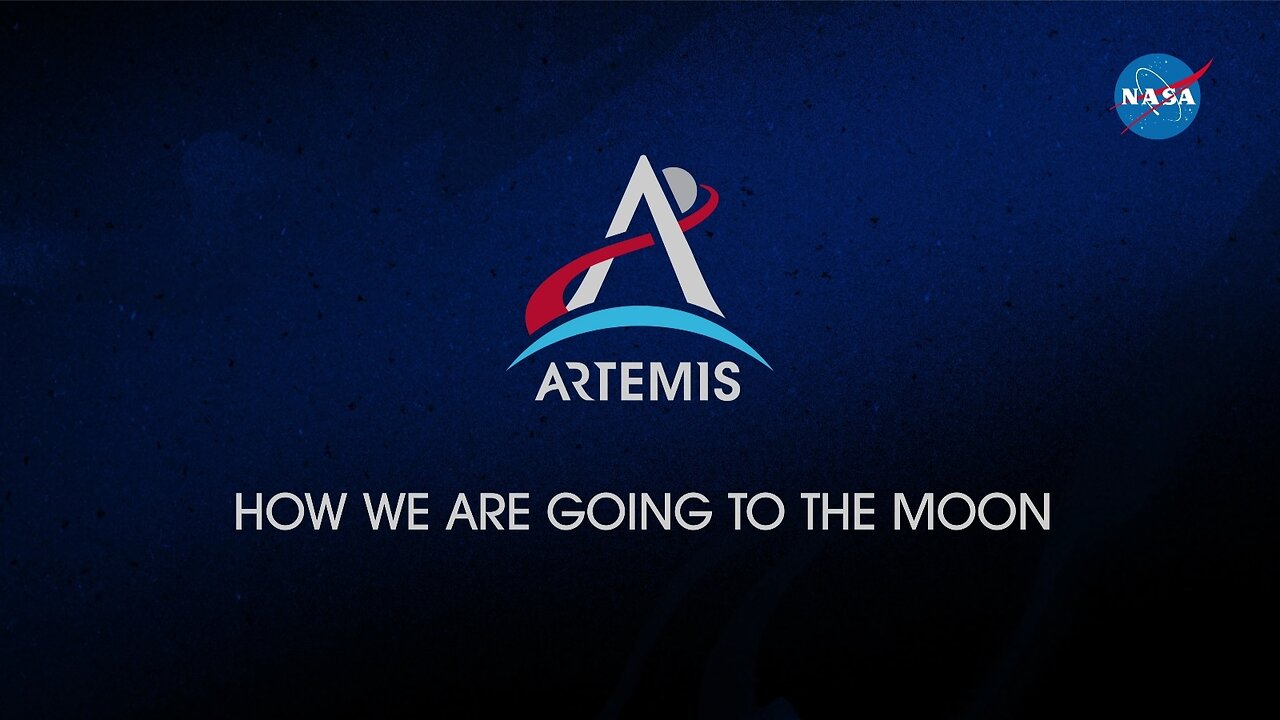Premium Only Content

How We Are Going to the Moon - 4K
Going to the Moon involves a complex process that typically consists of several key steps:
1. Mission Planning: Space agencies like NASA plan Moon missions meticulously. They determine mission objectives, launch windows, crew selection (for crewed missions), and payload requirements.
2. Rocket Launch: A powerful rocket, like the Saturn V or the Space Launch System (SLS), is used to launch the spacecraft from Earth. The rocket provides the necessary thrust to escape Earth's gravity.
3. Trans-Lunar Injection: After reaching Earth orbit, the spacecraft performs a Trans-Lunar Injection burn to leave Earth's orbit and set a course for the Moon.
4. Cruise to the Moon: During the journey to the Moon, the spacecraft may perform trajectory correction maneuvers to ensure it's on the right path.
5. Lunar Orbit Insertion: Once near the Moon, the spacecraft enters lunar orbit, adjusting its speed and trajectory to prepare for descent.
6. Lunar Descent: For crewed missions, a lunar module separates from the main spacecraft and descends to the lunar surface. For robotic missions, a lander does this autonomously.
7. Surface Operations: Astronauts (if it's a crewed mission) conduct experiments, collect samples, and explore the lunar surface. Robotic missions may deploy rovers or perform experiments.
8. Lunar Ascent: After surface activities, the lunar module or lander ascends to rejoin the orbiting spacecraft.
9. Return to Earth: The spacecraft leaves lunar orbit and embarks on the journey back to Earth.
10. Reentry and Landing: The spacecraft reenters Earth's atmosphere, protected by a heat shield, and lands safely, either in the ocean (splashdown) or on solid ground.
These steps vary depending on the mission's objectives and whether it's crewed or robotic. Advances in space technology and international collaboration have made lunar exploration more feasible in recent years, with plans for sustainable lunar bases and future human missions to Mars.
-
 11:03
11:03
Melonie Mac
10 hours agoClair Obscure Expedition 33 Has Saved Gaming
1.96K9 -
 7:39
7:39
The Shannon Joy Show
12 hours ago🇺🇸 America's Breaking Point: Are We Ready to Toss the Board? 🎯
1.01K1 -
 10:00
10:00
Adam Does Movies
16 hours agoCEO Claims Netflix Saved Hollywood. Um, WHAT?!?! - Rant
7911 -
 1:00:43
1:00:43
Trumpet Daily
17 hours ago $3.75 earnedThat Big, Beautiful Wall Around the Vatican - Trumpet Daily | Apr. 28, 2025
3.09K12 -
 12:40
12:40
Degenerate Jay
9 hours agoThe Perfect RoboCop Versus Terminator Game Needs To Be Made!
9542 -
 8:17
8:17
VSOGunChannel
13 hours ago $0.07 earnedYou Were Put on a Government Watch List || DECLASSIFIED
1.16K2 -
 35:14
35:14
Steph & Kayls
15 hours agoSpicing Things Up: How To Navigate Adding A Third To The Bedroom | Ep. 4
1.13K -
 28:59
28:59
Film Threat
10 hours agoTHUNDERBOLTS* EARLY REACTIONS | Film Threat After Dark
11.8K3 -
 8:02:12
8:02:12
Rebel News
4 days ago $210.68 earnedELECTION NIGHT LIVE: Rebel News Canada coverage with Ezra Levant, Sheila Gunn Reid & Special Guests
418K228 -
 1:24:54
1:24:54
Badlands Media
14 hours agoBaseless Conspiracies Ep. 130: Iberia Blackout, Green Energy Failures, and Grave-Robbing Government Experiments
78.9K28